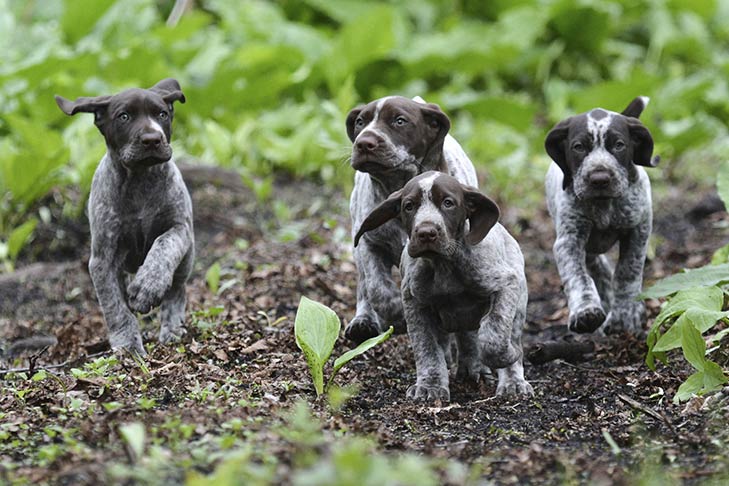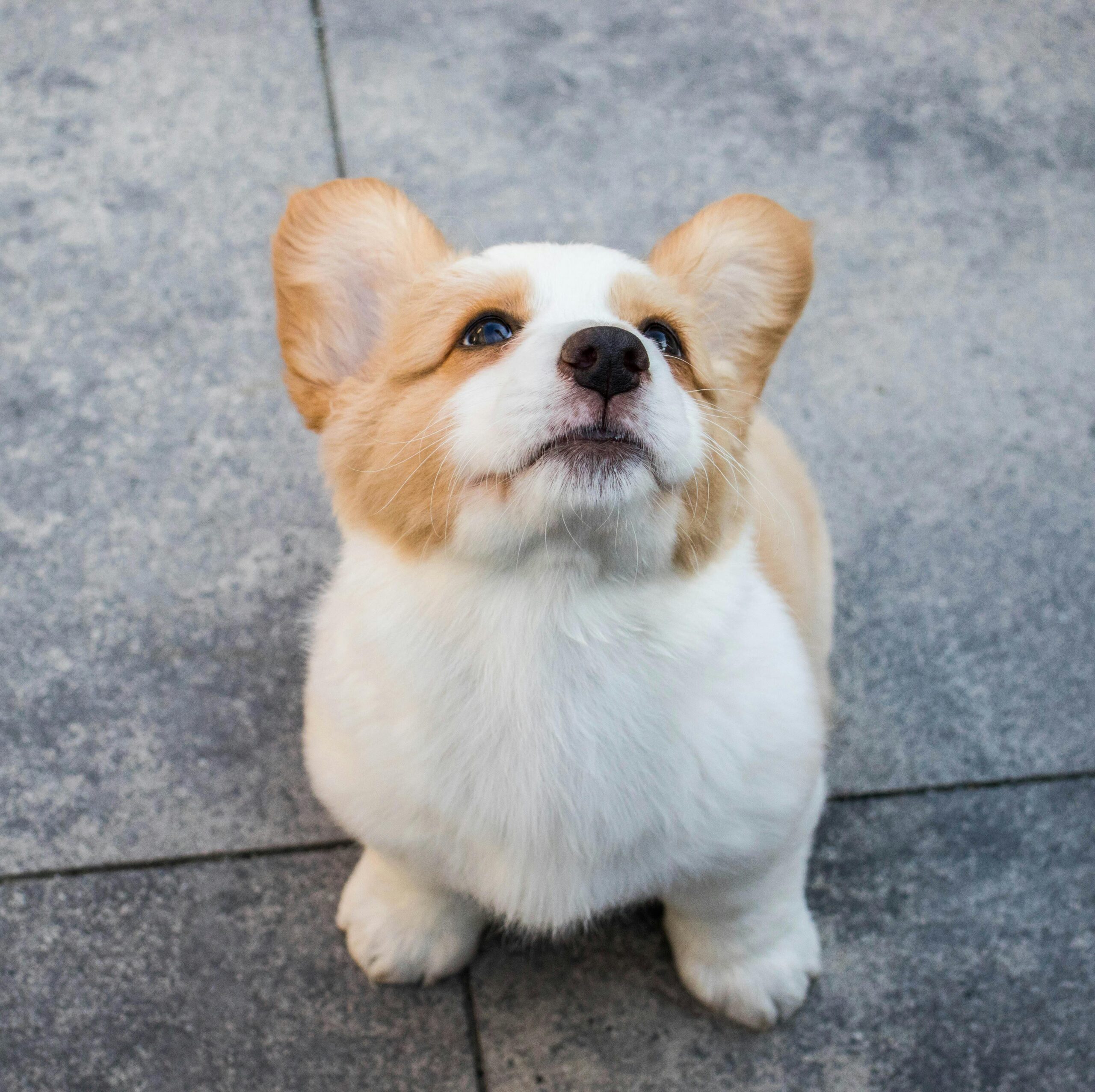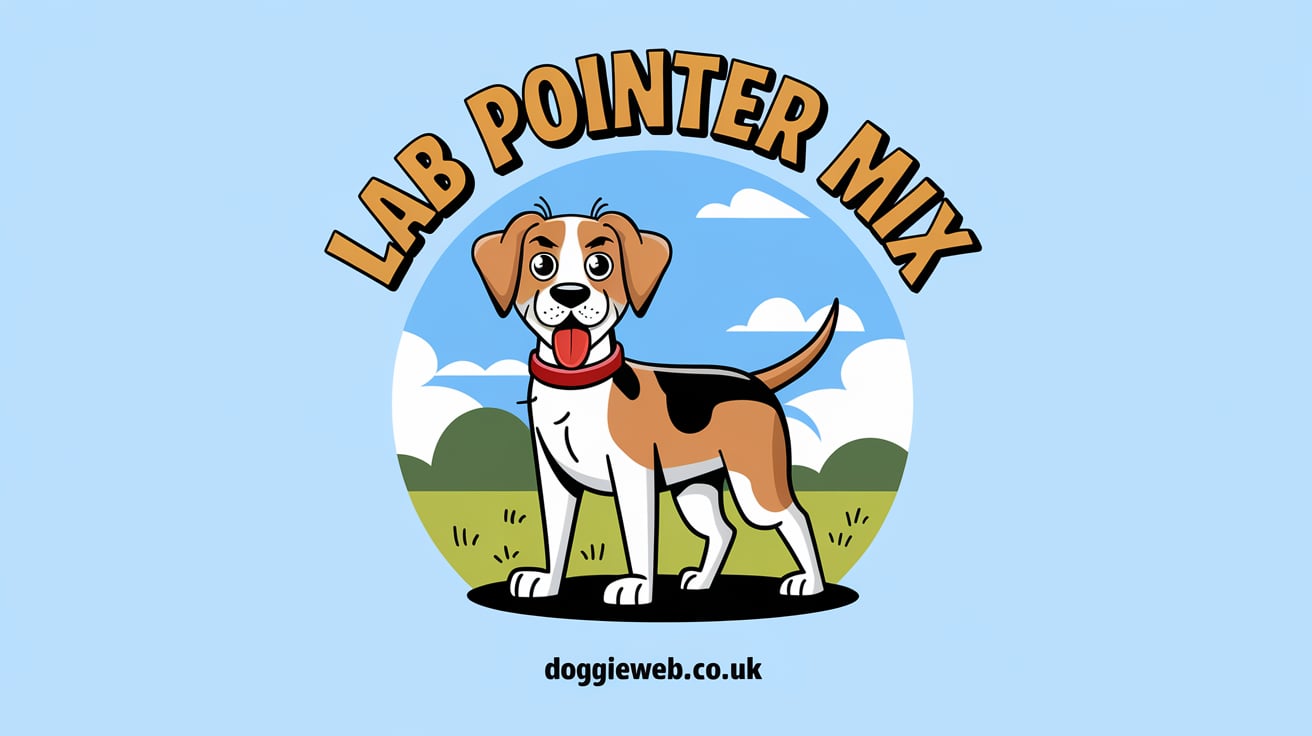
Introduction
Blue German Shorthaired Pointer (BGSPs) are an iconic and versatile dog breed, known for their athleticism, intelligence, and affectionate nature. Whether you’re a potential owner, a breeder, or simply an enthusiast, understanding the German Shorthaired Pointer is crucial to appreciating their unique characteristics and needs. This comprehensive guide aims to provide an in-depth look at every aspect of owning, caring for, and living with a German Shorthaired Pointer, from their rich history to their dietary needs, health considerations, and beyond.
History and Origin
Early Beginnings
The Blue German Shorthaired Pointer’s roots can be traced back to the 17th century in Germany. Originally bred as hunting dogs, they were designed to be versatile enough to hunt all kinds of game, both on land and in water. This breed’s ancestors include the old Spanish pointers, various German scent hounds, and the English Pointer. These early dogs were valued for their keen noses, strong hunting instincts, and their ability to work tirelessly in a variety of terrains and weather conditions.
Development of the Breed
Over the centuries, selective breeding refined the German Shorthaired Pointer’s characteristics, focusing on enhancing their hunting skills, endurance, and versatility. The breed was officially recognized in the late 19th century, with breeders striving to create a dog that excelled in both hunting and companionship. Key milestones in the breed’s development include the establishment of breed standards and the formation of breed clubs dedicated to maintaining the purity and functionality of the German Shorthaired Pointer.
Recognition and Popularity
The Blue German Shorthaired Pointer was officially recognized by the American Kennel Club (AKC) in 1930. Since then, the breed has gained immense popularity not only in the United States but also worldwide. Their versatility makes them excellent companions for hunting enthusiasts, while their friendly and loyal nature endears them to families. Today, the GSP is a beloved breed known for its exceptional qualities and adaptability.
Physical Characteristics Of Blue German Shorthaired Pointer
General Appearance
Blue German Shorthaired Pointer are medium to large-sized dogs, typically weighing between 45 to 70 pounds, with males generally larger than females. They stand about 21 to 25 inches tall at the shoulder. Their build is muscular and athletic, with a strong, balanced frame that exudes both power and grace. Their expressive eyes are usually dark brown, complementing their intelligent and alert expression.
Coat and Color
The GSP’s coat is one of its most distinctive features. It is short, dense, and water-resistant, designed to protect the dog from harsh weather and rough terrain. The coat comes in various color patterns, including solid liver, liver and white, liver roan, and liver with ticked or patched markings. The variety in coat color adds to the breed’s unique appeal and individuality.
Unique Physical Traits
Several physical traits set the German Shorthaired Pointer apart from other breeds. Their tail is typically docked to about 40% of its original length, a practice that originated to prevent injuries during hunting. Their ears are broad and set high, hanging close to the head, which aids in their acute sense of hearing. Their eyes are almond-shaped and convey an intelligent, keen expression, while their nose, often matching their coat color, is broad and sensitive, essential for their role as scent hunters.
Temperament and Behavior
General Temperament
Blue German Shorthaired Pointer are known for their energetic, enthusiastic, and friendly demeanor. They are highly intelligent and eager to please, making them relatively easy to train. GSPs are also known for their affectionate nature, forming strong bonds with their families and thriving on human interaction. They are typically good with children and other pets, although their high energy levels mean they are best suited to active households.
Socialization
Early socialization is crucial for Blue German Shorthaired Pointer. Exposing them to a variety of people, animals, and environments from a young age helps them develop into well-rounded and confident adults. Socialization can include puppy classes, playdates with other dogs, and regular outings to different places. This early exposure helps prevent behavioral issues such as fearfulness or aggression and ensures they grow up to be friendly and adaptable.
Common Behavioral Issues
Like any breed, Blue German Shorthaired Pointer can develop behavioral issues if not properly trained and socialized. Common challenges include separation anxiety, destructive chewing, and excessive barking. These issues often stem from their high energy levels and need for mental stimulation. Providing regular exercise, engaging in interactive play, and using positive reinforcement training techniques can help manage and prevent these behaviors.
Health and Wellness
Common Health Issues
Blue German Shorthaired Pointer are generally healthy dogs, but they are prone to certain genetic conditions. Common health issues include hip dysplasia, elbow dysplasia, and gastric dilatation-volvulus (bloat). Regular health screenings, responsible breeding practices, and routine veterinary care are essential to ensure the long-term health of GSPs. Early detection and management of health issues can significantly improve their quality of life.
Preventative Care
Preventative care plays a vital role in maintaining the health of German Shorthaired Pointers. Regular veterinary check-ups, vaccinations, and parasite prevention are fundamental aspects of their healthcare regimen. Dental care, including regular brushing and professional cleanings, helps prevent periodontal disease. Routine grooming, including ear cleaning and nail trimming, also contributes to their overall well-being.
Lifespan and Aging
The average lifespan of a German Shorthaired Pointer is around 12 to 15 years. As they age, their needs change, requiring adjustments in diet, exercise, and medical care. Senior GSPs may develop age-related conditions such as arthritis or vision and hearing loss. Providing a comfortable and supportive environment, along with regular veterinary care, can help senior GSPs enjoy a high quality of life in their golden years.
Diet and Nutrition
Nutritional Needs
Blue German Shorthaired Pointer require a balanced diet to support their active lifestyle. High-quality commercial dog food formulated for active breeds is typically sufficient, but some owners prefer to prepare homemade diets. Key nutritional components include protein for muscle maintenance, healthy fats for energy, and essential vitamins and minerals for overall health. Consultation with a veterinarian can help determine the best diet for an individual GSP.
Feeding Schedule
Establishing a consistent feeding schedule is important for maintaining a healthy weight and preventing digestive issues. Adult GSPs are usually fed twice a day, while puppies may require more frequent meals. Portion sizes should be adjusted based on the dog’s age, weight, activity level, and health status. Monitoring their weight and body condition helps ensure they are receiving the right amount of food.
Treats and Supplements
Healthy treats can be a great way to reward good behavior and provide additional nutrients. Treats should be given in moderation to avoid overfeeding. Common supplements for GSPs include glucosamine for joint health, omega-3 fatty acids for skin and coat health, and probiotics for digestive health. Always consult with a veterinarian before introducing new supplements to ensure they are appropriate and beneficial.
Training and Exercise
Basic Training
Basic obedience training is essential for German Shorthaired Pointers. Teaching commands such as sit, stay, come, and heel establishes a foundation for good behavior. Positive reinforcement techniques, such as treats and praise, are effective for training GSPs. Consistency and patience are key, as this breed is eager to learn but can be easily distracted due to their high energy levels.
Advanced Training
Beyond basic commands, German Shorthaired Pointers excel in advanced training for various activities such as hunting, agility, and obedience competitions. Advanced training builds on their natural instincts and sharpens their skills. For hunting, training may include retrieving, pointing, and tracking game. Agility training involves navigating obstacle courses, which helps to channel their energy and enhance their physical abilities.
Exercise Requirements
Blue German Shorthaired Pointer have high exercise needs and require daily physical activity to stay healthy and happy. Activities such as running, hiking, swimming, and playing fetch are ideal for this energetic breed. Mental stimulation is equally important, and puzzle toys, interactive games, and training sessions help keep their minds sharp. Adequate exercise prevents boredom and reduces the risk of behavioral problems.
Living with a German Shorthaired Pointer
Home Environment
Creating a suitable home environment for a German Shorthaired Pointer involves providing ample space for them to move and play. They thrive in homes with large yards or access to open spaces where they can exercise. Indoor living should include comfortable sleeping areas, safe spaces for relaxation, and enrichment activities to keep them occupied.
Family Life
Blue German Shorthaired Pointer are excellent family dogs and typically get along well with children and other pets. They are known for their loyalty and affectionate nature, making them wonderful companions. However, due to their high energy levels, supervision is recommended when they interact with young children. Teaching children how to properly interact with dogs helps foster a positive relationship.
Traveling with Your GSP
Traveling with a German Shorthaired Pointer can be an enjoyable experience with proper planning. Ensuring their safety and comfort during travel involves using secure carriers or seat belts, providing regular breaks for exercise and bathroom needs, and bringing along familiar items such as their bed or toys. Accommodations that are pet-friendly and offer ample space for exercise are ideal for traveling with a GSP.
Grooming and Maintenance
Coat Care
Regular grooming is essential to maintain the health and appearance of a German Shorthaired Pointer’s coat. Brushing their coat several times a week helps remove loose hair and reduces shedding. Bathing should be done as needed, using dog-specific shampoos to avoid skin irritation. Regular grooming also provides an opportunity to check for skin issues or parasites.
Nail, Ear, and Dental Care
Routine care for nails, ears, and teeth is important for overall health. Nails should be trimmed regularly to prevent overgrowth and discomfort. Ears should be checked and cleaned weekly to prevent infections. Dental care, including regular brushing and professional cleanings, helps prevent periodontal disease and promotes overall health.
Seasonal Care
Seasonal changes require adjustments in grooming and care routines. In colder months, ensuring the GSP stays warm and dry is important, while in warmer months, preventing overheating and providing ample water is crucial. Regular checks for ticks and fleas, especially during the warmer seasons, help maintain their health and comfort.
Breeding and Puppies
Breeding Practices
Ethical breeding practices are essential to maintain the health and integrity of the German Shorthaired Pointer breed. Responsible breeders prioritize health, temperament, and breed standards when selecting breeding pairs. Health screenings for genetic conditions and proper care for breeding dogs are crucial components of ethical breeding.
Pregnancy and Birth
Caring for a pregnant Blue German Shorthaired Pointer involves providing a nutritious diet, regular veterinary check-ups, and a comfortable environment. Monitoring the health and well-being of the pregnant dog ensures a safe and healthy pregnancy. The birthing process should be supervised, with veterinary assistance available if needed, to ensure the safety of both the mother and the puppies.
Raising Puppies
Raising Blue German Shorthaired Pointer puppies requires attention to their developmental needs, including proper nutrition, socialization, and early training. Puppies should be exposed to various stimuli and environments to help them become well-adjusted adults. Providing a safe and nurturing environment during their early stages sets the foundation for their future health and behavior.
Working and Sporting Roles
Hunting Companions
Blue German Shorthaired Pointer have a long history as hunting companions. Their keen sense of smell, intelligence, and versatility make them exceptional hunting dogs. Training for hunting involves honing their natural instincts, teaching them to retrieve, point, and track game. Their ability to work in various terrains and weather conditions makes them invaluable to hunters.
Service and Therapy Dogs
The intelligence and trainability of German Shorthaired Pointers make them suitable for roles as service and therapy dogs. They can be trained to assist individuals with disabilities, providing tasks such as retrieving items, opening doors, and alerting to medical conditions. Their friendly and empathetic nature also makes them excellent therapy dogs, providing emotional support in hospitals, nursing homes, and schools.
Competitive Sports
Blue German Shorthaired Pointer excel in various dog sports, including agility, obedience, and field trials. Their athleticism, intelligence, and eagerness to please make them top competitors. Preparing for competitions involves rigorous training and practice, with a focus on refining their skills and building a strong bond with their handler. Participating in dog sports provides mental and physical stimulation, enhancing their overall well-being.
Conclusion
The Blue German Shorthaired Pointer is a remarkable breed, known for its versatility, intelligence, and affectionate nature. Whether as a hunting companion, a family pet, or a competitor in dog sports, the GSP brings joy and companionship to those who appreciate their unique qualities. By understanding their history, physical characteristics, health needs, and training requirements, owners can provide a loving and fulfilling life for their German Shorthaired Pointers.
FAQs About Blue German Shorthaired Pointer:
What is a blue German Shorthaired Pointer?
A blue German Shorthaired Pointer is not an officially recognized color variation of the breed. The term “blue” in this context usually refers to a diluted coat color that appears gray or slate. This is rare in German Shorthaired Pointers, which are typically found in liver (brown) and white, black and white, liver roan, or solid liver. The blue coloration is more common in other breeds and is considered a deviation from the standard for German Shorthaired Pointers.
Is a German Shorthaired Pointer a good family dog?
Yes, German Shorthaired Pointers are generally considered good family dogs. They are known for their friendly and affectionate nature, making them excellent companions for children and adults alike. They are loyal, energetic, and love being part of family activities. However, due to their high energy levels, they are best suited for active families who can provide plenty of exercise and mental stimulation.
Can a German Shorthaired Pointer be a house dog?
German Shorthaired Pointers can be house dogs as long as their exercise needs are met. They require a significant amount of daily physical activity and mental stimulation to prevent boredom and destructive behaviors. Providing regular walks, playtime, and opportunities for running can help them adjust to living indoors. Additionally, training and socialization are important to ensure they are well-behaved and comfortable in a home environment.
What color is a German Shorthaired Pointer?
German Shorthaired Pointers come in several coat colors and patterns. The most common colors are liver (solid brown), liver and white, liver roan (a mix of liver and white hairs), and black and white. They may have various patterns, including solid, patched, or ticked (small spots). These distinctive colorations contribute to the breed’s unique and attractive appearance.
If you found our content “Blue German Shorthaired Pointer” helpful don’t forget to share it on your social media: Twitter
More Articles: Home









